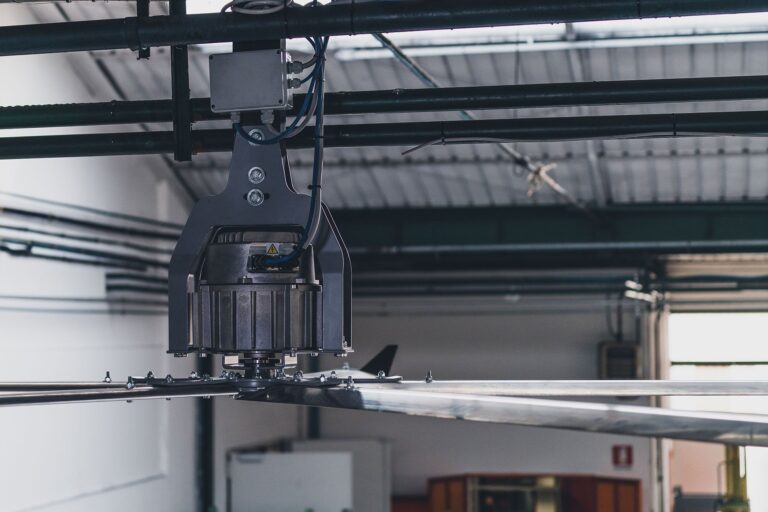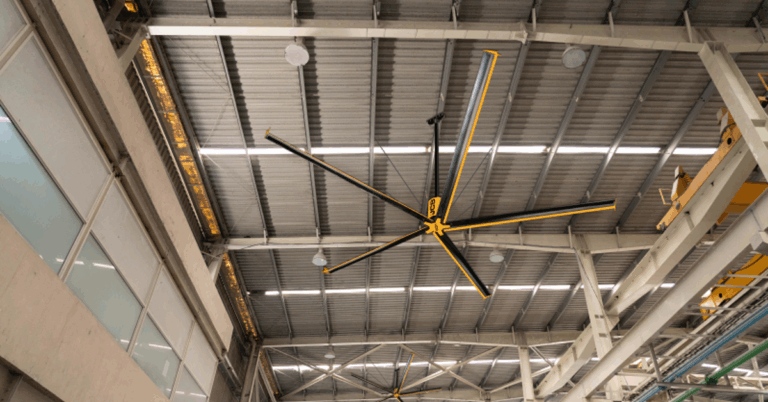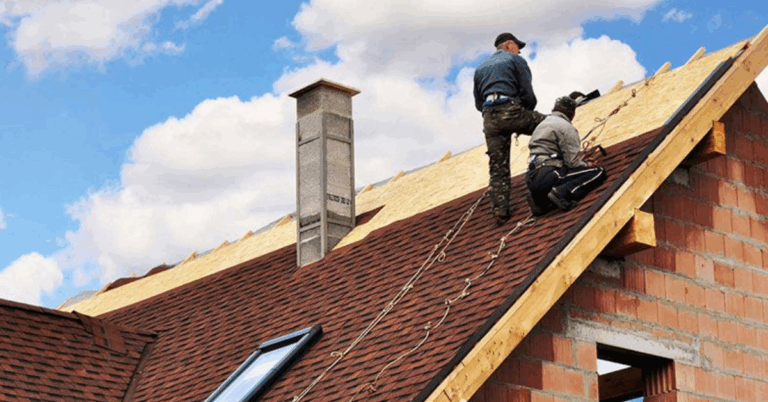Professional Garage Door Installation: Ensuring Safety, Functionality, and Longevity
When considering Professional Garage Door Installation, homeowners often overlook how pivotal the first impressions and structural integrity of their garage can be. Whether you’re building a new home, replacing an old system, or upgrading to a premium model, a professionally executed installation ensures that your garage door will function smoothly and reliably for years to come. Poor installation can lead to misalignment, safety hazards, frequent repairs, and a negative impact on the curb appeal and value of your property.
In this article, we’ll explore the world of professional garage door installation — what it involves, the benefits, common challenges, and how to choose the right service provider. Our goal is to give you a comprehensive guide so you can make an informed decision when it comes to your garage door.
1. Why “Professional” Matters in Garage Door Installation
Safety Is Nonnegotiable
Garage doors are heavy, complex machines with springs, cables, tracks, and openers operating in precise balance. A small misadjustment can lead to dangerous situations: doors unexpectedly falling, snapping cables, or unbalanced loads. Professionals are trained to handle these risks, adhere to safety codes, and guarantee that all components are installed and adjusted properly.
Precision in Alignment and Balance
A correctly installed garage door aligns perfectly with the tracks, seals snugly around the opening, and opens and closes without strain or friction. This precision ensures smooth operation, quieter movement, and fewer wear-and-tear issues over time.
Manufacturer Warranty and Standards Compliance
Many high-end garage doors and systems require installation by certified professionals to maintain manufacturer warranties. Professional installers know product specifications, torque requirements, and building codes, and can sign off on inspections if your local regulations demand it.
Time, Tools, and Expertise
A typical residential garage door installation involves measurements, framing, track alignment, spring adjustment, opener installation, wiring, and final testing. Professionals arrive equipped with the specialized tools (spring tools, tension gauges, laser levels, etc.), spare parts, and know-how to complete the job efficiently and accurately.
2. Key Steps in a Professional Installation
A robust understanding of the steps involved in a professional garage door installation can help you evaluate potential contractors and know what to expect.
2.1 Site Evaluation and Measuring
Good installers begin with a full assessment of your garage’s structure, opening size, clearances, ceiling height, and wall framing. They consider factors like headroom (space above the opening), side clearance, and whether there are obstacles (ductwork, piping, lighting, etc.).
2.2 Selecting the Door Type and Materials
Next is choosing the right door type (sectional, roll-up, swing-out, tilt-up, etc.) and material (steel, wood, aluminum, composite). Professionals provide guidance on insulation (R-value), weather sealing, wind ratings, and aesthetic options that match your home’s architecture.
2.3 Framing, Header, and Support
Before installing tracks and springs, solid support structures must be in place. The header above the opening must bear the load of the door and torsion springs. Reinforcements may be necessary in older homes or where changes are made to the garage opening.
2.4 Installing Tracks, Rollers, and Hardware
Tracks are installed level and plumb; rollers, hinges, brackets, and supporting hardware are mounted and aligned. Everything must be square and precisely positioned to allow the door panels to move without binding or rubbing.
2.5 Spring and Cable System Setup
One of the most technical and risk-prone parts is the installation and tensioning of torsion springs (or extension springs, depending on the system). Professionals use specialized tools and follow precise procedures to ensure safety, balance, and longevity of the system.
2.6 Opener and Controls Integration
If an automatic opener is part of the system, professionals will mount the opener, run wiring, set up sensors and safety mechanisms (photo eyes, reversing mechanisms), and test remote controls or wall-mounted switches. A professional will calibrate force settings to avoid damage or injury.
2.7 Testing, Adjustment, and Final Checks
After installation, the door is cycled multiple times. Professionals inspect for smooth operation, proper sealing, correct travel limits, responsiveness to control systems, and balance. They’ll make small adjustments if necessary and teach the homeowner proper maintenance practices.
3. Benefits of Professional Installation
Durability and Reduced Maintenance
A correctly installed garage door puts less stress on moving parts, meaning fewer breakdowns, longer life for springs and rollers, and lower maintenance costs.
Enhanced Safety and Reliability
Professional installations reduce risks of failure, which in turn protect people, vehicles, and possessions inside the garage.
Energy Efficiency and Weather Protection
A well-sealed and insulated door cuts drafts, reduces heat or cooling loss, and increases comfort in adjacent spaces (e.g. a garage that’s connected to the home).
Noise Reduction
Tighter tolerances, quality parts, and proper alignment make a door quieter during operation — a boon if your garage is near living spaces.
Increased Property Value
A professional garage door installation adds tangible value, aesthetics, and curb appeal to your home. Future buyers appreciate knowing that the job was done correctly.
4. Common Challenges and How Professionals Overcome Them
Uneven Floors or Foundations
Older homes may have floors or garage slabs that aren’t level. Professionals shim, adjust, or compensate for irregularities so that the door functions correctly despite foundation quirks.
Limited Headroom or Side Clearance
Some garages have obstacles like beams, HVAC ducts, or low ceilings. Experienced installers adapt by using low-headroom hardware, special tracks, or altering mounting positions.
Structural Limitations
In houses with weak framing or minimal support around the door opening, extra reinforcement may be necessary. Professionals know how to reinforce headers, install backing plates, or strengthen support walls.
Complex Door Designs
Custom or oversized doors, carriage-style doors, or those with heavy glass panels demand extra care. Expert installers understand load calculations, wind-bracing, and specialized hardware requirements.
Electrical or Wiring Issues
Running wires to the opener, installing sensors, and configuring safety systems may involve navigating existing electrical conduits, finding breaker capacity, or overcoming obstacles. Professionals ensure compliance with electrical codes.
5. How to Choose the Right Garage Door Installation Service
Credentials, Licensing, and Insurance
Ensure the installer holds proper trade licenses or certifications required in your region, and carries liability insurance and workers’ compensation to protect you in case of accidents or property damage.
Experience with Similar Projects
Ask whether they have installed doors similar in size, weight, or complexity to yours. Inspect their past work or ask for references.
Written Estimates and Transparent Pricing
A professional will provide a detailed, written estimate outlining materials, labor, warranties, and extra costs (such as accessories or reinforcements). Beware vague quotes or cash-only deals.
Warranty and Post-Installation Support
Choose contractors who offer warranties on labor, parts, and workmanship. A reliable installer will stand behind their work and respond to issues even after installation.
Local Knowledge and Code Compliance
A local installer understands regional requirements (wind loads, snow loads, permitting rules, safety codes) and can navigate inspections if needed.
Communication and Responsiveness
From the first call, an installer should respond promptly, explain options clearly, and answer your questions patiently. Good communication is a hallmark of professional service.
6. Maintenance Tips after Professional Installation
Even with a superb installation, occasional checks help extend the life of your garage door:
-
Lubricate moving parts (rollers, hinges, springs) with appropriate grease or lubricant every 6–12 months.
-
Check alignment and tightness of bolts and hardware annually.
-
Test reversal functions and safety sensors monthly to ensure the door stops or reverses on obstruction.
-
Inspect weather seals and replace worn gaskets to maintain energy efficiency.
-
Balance test: disconnect the opener and manually lift halfway—if the door stays put, it’s balanced properly.
-
Keep tracks clean and free of debris to prevent misalignment or undue wear.
7. Bringing It All Together
Investing in professional garage door installation is not merely about putting up a door — it’s about safeguarding your property, ensuring peace of mind, and guaranteeing that your door operates with longevity, precision, and safety. From proper assessment and measurement to precise spring adjustment, hardware alignment, and final calibration, every step must be handled with care and expertise.
If you’re planning a new install or a replacement, take the time to vet installers based on their credentials, experience, warranty offerings, and communication style. A well-chosen professional will do more than just mount a door — they’ll deliver a system that enhances your home’s value, performance, and safety for years to come.







